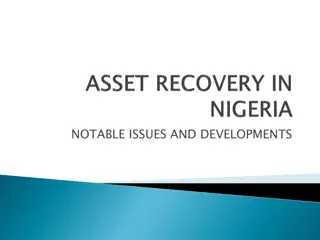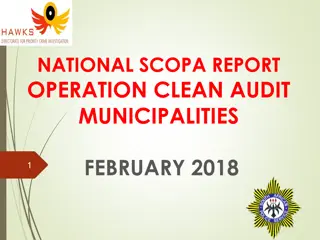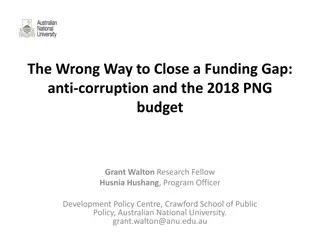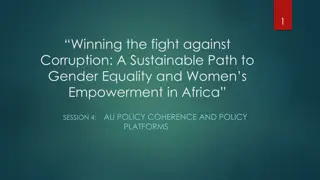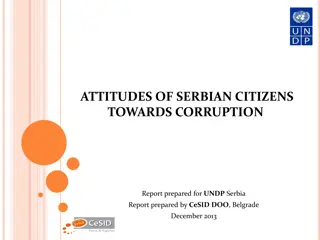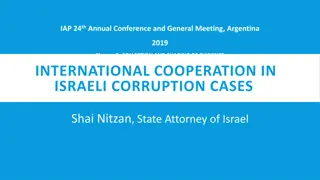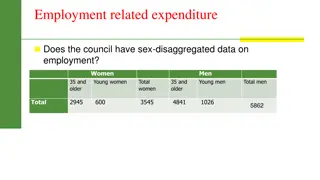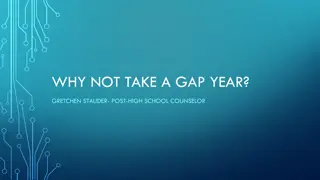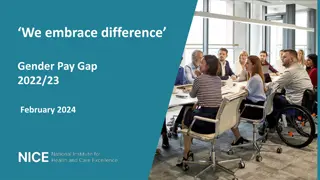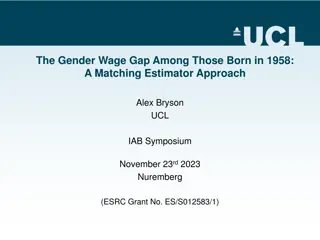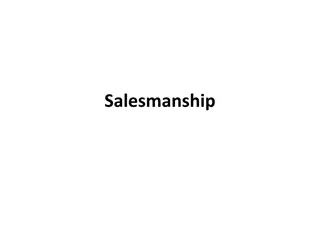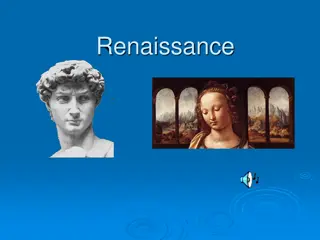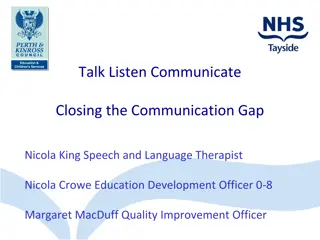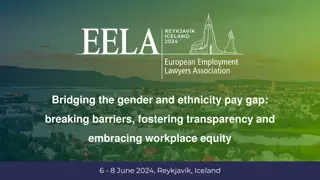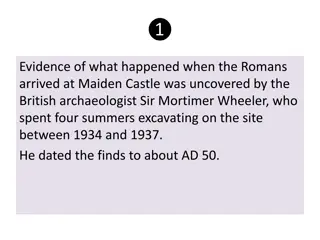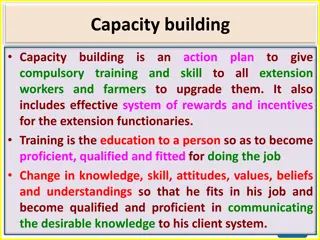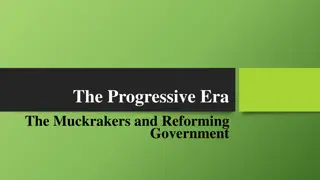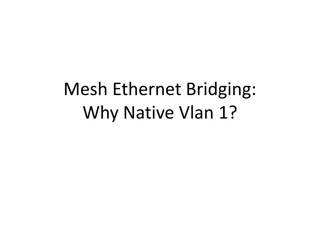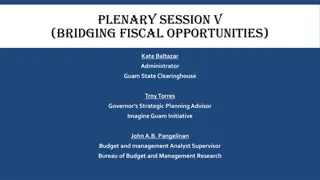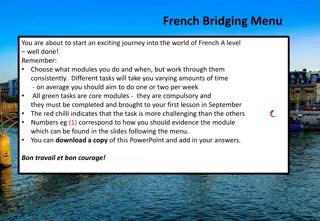Uncovering Corruption: Bridging the Pre/Modern Gap
Exploring the history of corruption across different eras, a research project delves into premodern and modern societies to understand the factors influencing corruption and strategies to combat it. Through workshops, presentations, and publications, the project aims to redefine success in governance and measure the impact of anti-corruption measures. The upcoming international conference in Amsterdam in September 2015 will serve as a platform for in-depth discussions on corruption and its historical evolution.
Download Presentation

Please find below an Image/Link to download the presentation.
The content on the website is provided AS IS for your information and personal use only. It may not be sold, licensed, or shared on other websites without obtaining consent from the author. Download presentation by click this link. If you encounter any issues during the download, it is possible that the publisher has removed the file from their server.
E N D
Presentation Transcript
Fighting Corruption across the Pre/Modern Divide ANTICORRP WP2
WP2 Members and Foci Premodern History G. Geltner Italy M. van Berkel Middle East A. Vit ria Iberia, France, and British Isles O. Olar Romania Modern History J. Kennedy Netherlands R. Kroeze Netherlands and Germany A. B genholm Sweden M. Frisk Jensen Denmark
Activities in Past Year WP2 workshop in Amsterdam (with WP3) 7 conference papers 11 seminar presentations 11 publications, including two literature reviews on pre/modern anticorruption (Deliverable 1) Finalizing preparations for September 2015 conference (preliminary step towards Deliverable 2)
International Conference: Amsterdam, September 2015 Ancient Greece, Rome, Late Antiquity Medieval Italy, Spain, Portugal, France, England, Middle East Early Modern England, Spain, France, Romania, Denmark, Ottoman Empire Modern Netherlands, Britain, Germany, France, Sweden Pre-circulated papers > focus on discussion > swift transition into publication Volume/s will effectively serve as a seminal introduction to history of anti-corruption
Comparative and Interdisciplinary Research Defining (anti-)corruption and success Synchronic and diachronic within projects Qualitative transregional comparisons Quantitative comparison of e.g., prevalence of legislation; surveillance mechanisms and cases; normative, political, and administrative constraints; military structure and nature of warfare; structure and size of taxation; structure of legal process (judges, access, etc.); civic society (education, religion, heterogeneity)
Tentative Conclusions Problematize engrained pre/modern divide la Weber Plurality of Denmarks: corruption defines what good government isn t, but what corruption is changes > this in turn helps define what is and what isn t a measure designed to curb corruption Variety of influences: administration of religious institutions (monasteries, churches, waqf), audit of urban regimes, armies, hospitals, prisons, etc. Beyond developing emic perspective, major difficulty remains measuring success due to lack of sources, especially in earlier periods, but not impossible


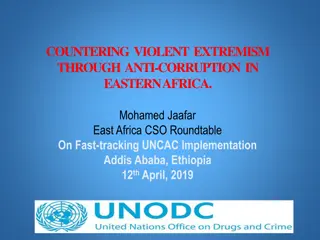
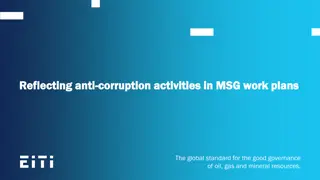
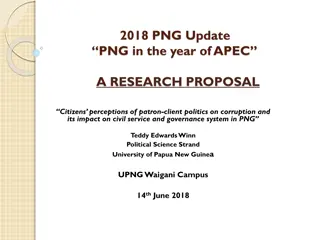
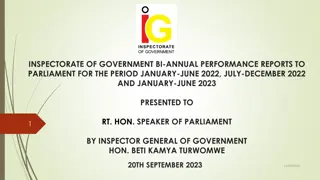
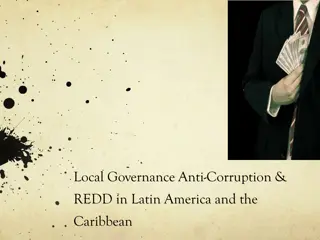
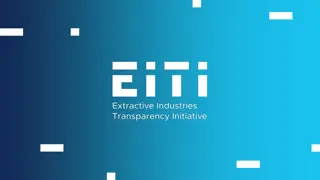
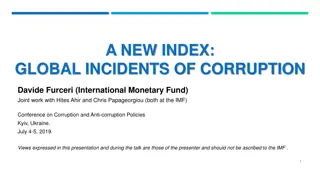
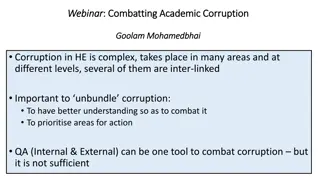
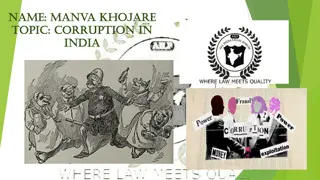
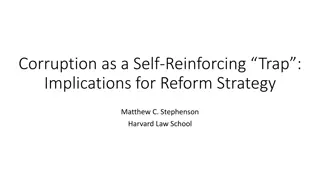
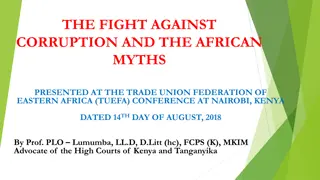
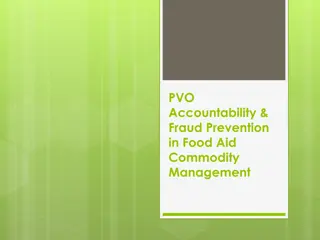
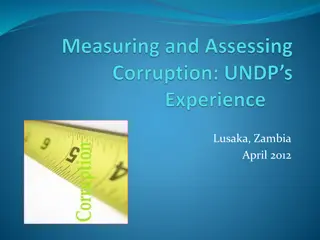
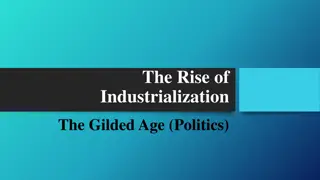
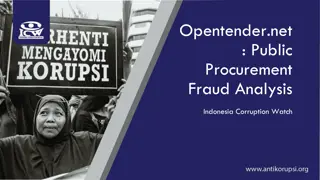
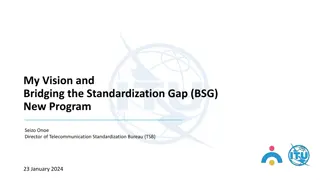
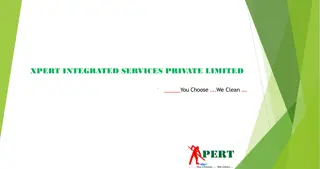
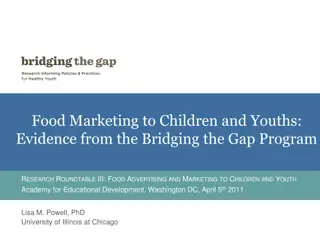
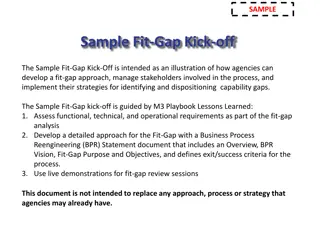
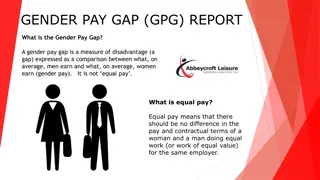
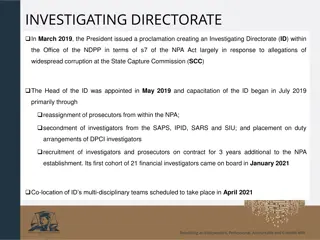
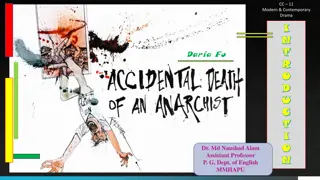
![Comprehensive Overview of Corruption Watch Submission on Public Procurement Bill [B18B-2023]](/thumb/138344/comprehensive-overview-of-corruption-watch-submission-on-public-procurement-bill-b18b-2023.jpg)
